Healthy eyes play a significant part in a child's development and growth. In reality, over 80 percent of children's learning depends on the visual input and therefore regular eye examinations essential. Studies show that about 25 percent of preschoolers have vision problems and that nearly 60 percent of children who have learning issues also suffer from issues with their eyes. If they are not treated these issues can impact the academic performance of children, the development of social skills, and in extreme instances, can result in permanent loss of vision. The timely and prompt eye exams for children make sure that any potential problems are detected and addressed prior to them affecting their learning and life in general.
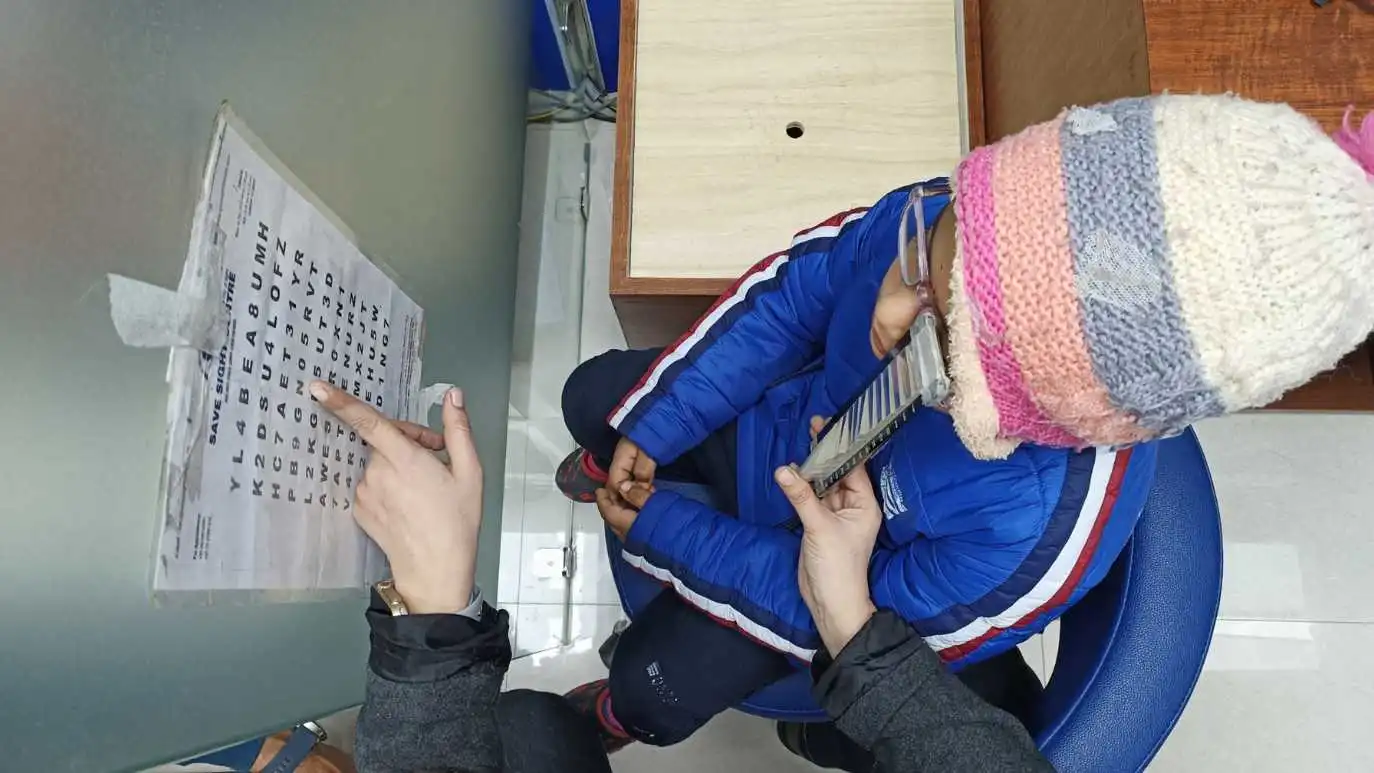
Many parents think that a routine eye exam with a pediatrician suffices to check the health of their child's eyes. While pediatricians can conduct routine vision checks, they are not able to substitute for a thorough eye exam for children carried out by an optometrist/Ophthalmology. Optometrists and pediatric ophthalmologists are trained to spot small vision issues and eye alignment issues or early indications of problems such as amblyopia (lazy eye) and strabismus (crossed eyes) that a standard eye exam could overlook.
PEDIATRIC VISITS ARE IMPORTANT, BUT DO NOT REPLACE A DETAILED EYE EXAMINATION BY A SPECIALIST.
It's sometimes difficult to recognize when children have vision problems because they might not be aware that the impairment in their vision. Parents must be aware of indications such as:
The baby's first eye examination will test not only visual acuity but also the overall health of your eyes.
Vision Screening vs. Comprehensive Eye Test:
Screening for vision Vision screening(often carried out at schools as well by pediatricians) Eyesight tests are only for basic eye conditions and could miss conditions that are underlying.
Comprehensive eye exams include: In the initial eye exam an optometrist or ophthalmologist will conduct an extensive eye examination. This could comprise the following:
During the examination doctors may employ charts, lights, or secure instruments to make sure your child's eyes are developing properly.
Eye exams for children should be performed according to the timeframe suggested by pediatric ophthalmologists.
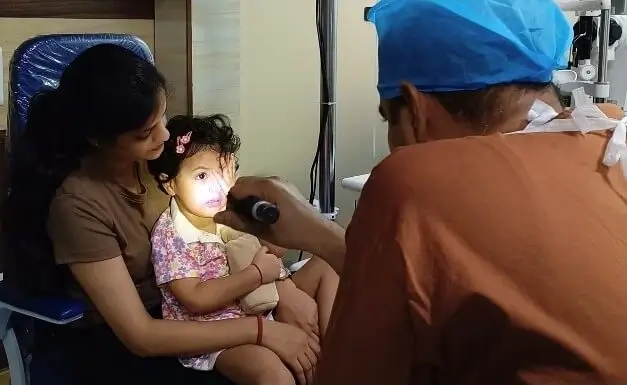
Premature babies, especially those with a birth weight under 2 kg or who have spent an extended time in the NICU, should undergo an early eye examination. This helps in ruling out Retinopathy of Prematurity (ROP)—a condition that can affect vision if not detected and treated on time.
After birth, infants must undergo an initial eye health exam in order to identify congenital issues such as cataract, glaucoma or retinal issues.
A follow-up examination during this time will ensure that eyes are developing in a healthy way and there aren't warning signs of misalignment or vision loss.
When a child is in the toddler age doctors examine the child for the signs of amblyopia the refractive error, or strabismus (need glasses). Early detection is crucial for development of Binocular single vision.
In preschool, vision is a major factor in motor and learning abilities. A thorough eye exam will ensure that your child is well-prepared for school with clear and healthy eyesight.
When a child starts school, eye examinations are recommended every 1-2 years. Regular eye exams can help detect issues such as nearsightedness (myopia) or farsightedness (hyperopia) or astigmatism, which are most likely to appear at this age.
A regular vision check-up by itself is not a complete eye exam of children. Though vision screenings and visual charts are able to be able to detect certain issues but a thorough eye exam conducted by a pediatric ophthalmologist is vital. This can help identify and treat common eye problems among young children in the early stages and prevents long-term loss of vision.
Here are a few of the most frequently encountered children's eye problems parents need to keep in mind:
Refractive problems are among the most frequently encountered eye problems among children. They are caused by light that doesn't focus correctly onto the retina resulting in blurred vision. The conditions like myopia (nearsightedness) as well as hyperopia (farsightedness) and astigmatism can occur without any obvious signs.
Warning signs include:
If your child is given glasses, it's essential to wear them all day to avoid strain and other complications.
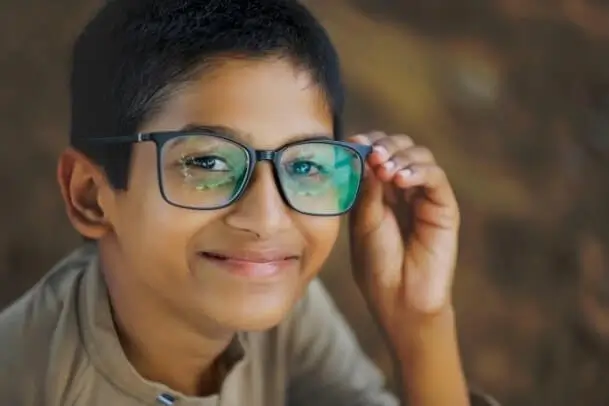
Amblyopia is often referred to as "lazy eye" reduces vision within one eye, which is seen in the early years of childhood. It is a result of the brain favours either eye more than the other. It could be due to an uncorrected refractive error squint (strabismus) or other issues such as cataracts.
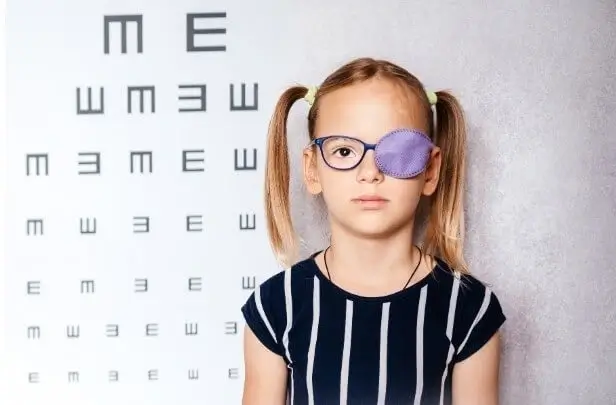
Children are more prone to allergies to the eyes particularly seasonal conjunctivitis.
Symptoms include:
Simple solutions, allergy control and, in some cases, medicated eye drops are sometimes required.
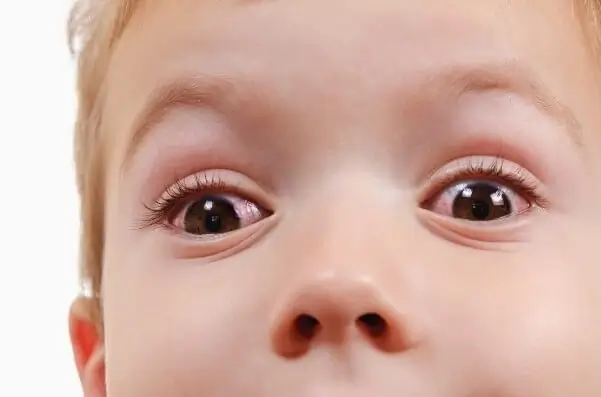
Although glaucoma is most commonly seen in elderly people, congenital glaucoma may occur in infants. It is a serious affliction that is caused by an increase in eye pressure which damages the optic nerve.
Baby's classic symptoms include:
This problem necessitates urgent surgery to avoid permanent damage to the eyes.
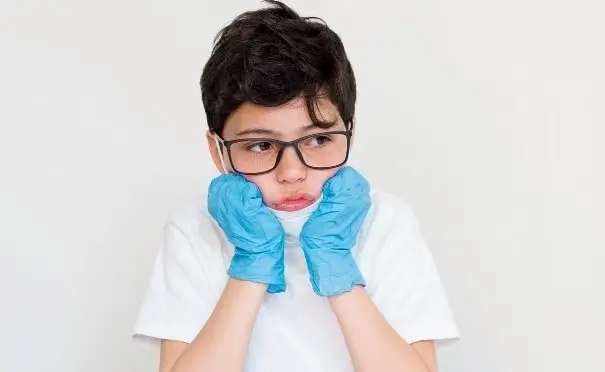
Certain infants may be predisposed to Cataract (clouding of the lens that is natural to the eye).
Warning signal: Parents may notice a White reflex, or a white discoloration of the pupil and should be assessed immediately since it could also be a sign of other eye conditions that are serious.
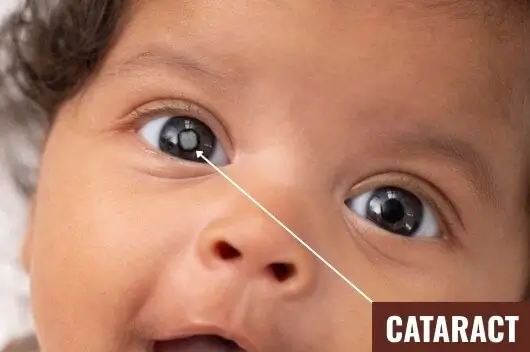
RoP can affect preterm babies, in particular:
It's caused by the abnormal growth of blood vessels within the retina. It could lead to retinal detachment or blindness.
The main takeaway is: Early eye screening by a specialist may aid in preventing permanent loss of vision for children. Parents should not solely rely on vision screening tests or eye exams at school, but should plan regular comprehensive eye exams for children to ensure the eyesight of their children.
It's sometimes difficult for children to communicate their vision issues, so parents should be alert for any obvious signs, such as:
If you are noticing any of these signs, scheduling an appointment for a comprehensive eye exam for children is highly advised.
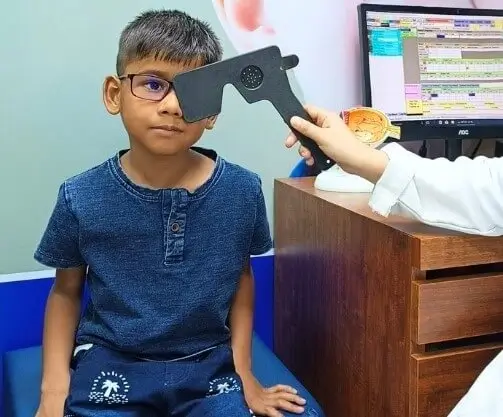
Children today spend a lot of time using their digital devices, whether it's for games, online courses or for entertainment. Although technology can be beneficial but prolonged use of screens can cause digital eye strain for children (also known as Computer Vision Syndrome). Common signs include:
Parents can help encourage healthy digital habits that reduce stress
Ideally, babies should undergo their first eye examination at the time of birth, followed by thorough examinations every 6-12 months, three to five years before entering school.
Frequent eye rubbing eyes, squinting, or sitting in close proximity to screen screens bending your head or having difficulties in recognizing letters and forms are indicators that could indicate a problem.
Yes. Long-term use of screens can lead to dryness, digital eye strain and may even cause myopia to increase (nearsightedness). Regular breaks and a limited exposure to the screen are recommended.
Yes, if diagnosed with refractive mistakes. Corrective lenses are a way to prevent problems with learning and decrease the chance of developing amblyopia.
every 1-2 years or sooner when your child exhibits signs of issues with vision.
Yes. Blue light may cause discomfort in the eyes as well as cause digital eye strain and disrupt sleep cycles when used prior to going to bed.
The American Academy of Pediatrics recommends no screen time for kids less than 18 months old, one hour a day for age 2-5 and a consistent limit for older children who take frequent breaks.
Copyright © 2025 | Save Sight Centre | All Rights Reserved.